


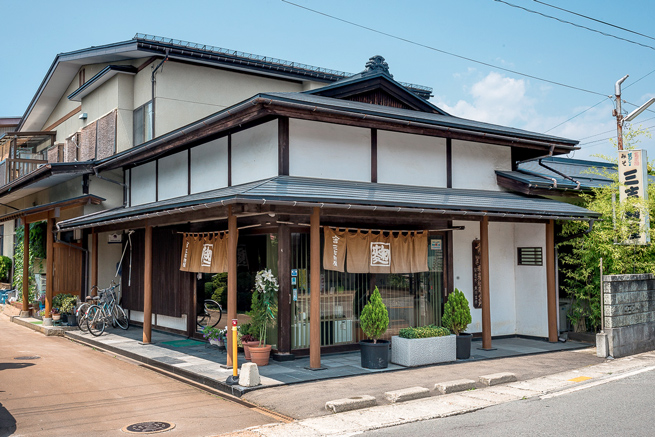
My name is Stephane, I am French and my wife is Japanese, we just moved in Japan. I love Japanese food, to quote some example, tofu, natto,
 the tsukémonos and all the dishes with soy sauce, and especially I particularly like Miso, there is the example in the well-known Miso soup. It's possible to have it in the morning for breakfast but also during any meal. My wife prepares miso soup and cook a lot with a sort of miso which come from a great craftman. The taste, color, flavor, miso that is extraordinary for me.
the tsukémonos and all the dishes with soy sauce, and especially I particularly like Miso, there is the example in the well-known Miso soup. It's possible to have it in the morning for breakfast but also during any meal. My wife prepares miso soup and cook a lot with a sort of miso which come from a great craftman. The taste, color, flavor, miso that is extraordinary for me.
During a travel in the Tohoku, northern Japan on Honshu Island, I took the opportunity to visit the place where this miso is manufactured. It's made by Sankichi Koujiya Miso and is located in Kahokucho in Yamagata Prefecture. So then I visited the workshop and shop.
The day before, rice is soaked in mountain water. Rice is cooked by steam, it is placed over a pot. After cooking the rice is chilled and sprinkled it with tani-koji, this micro fungus transmitted from generation to generation since the end of the Senkoku era, since then it is the same extract which is used.
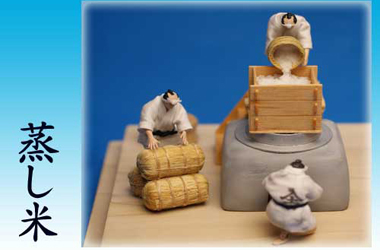
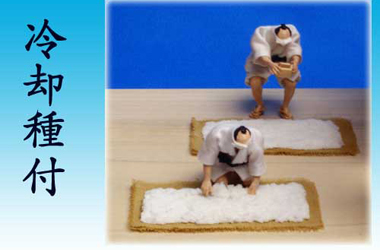
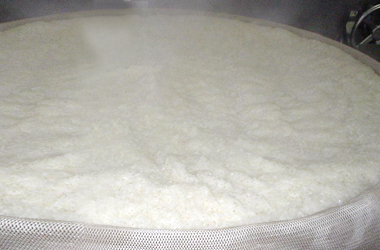
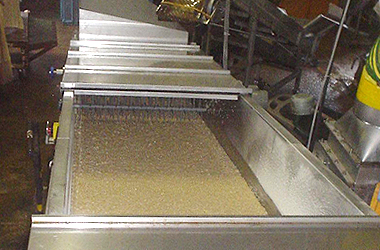
The manufacture of Koji, the cooked rice and wherein the Aspergillus culture developed, is fundamental for making miso in the manufacturing process. We must follow the manufacture of Koji very carefully, because without a successful koji it is no longer possible to make miso.
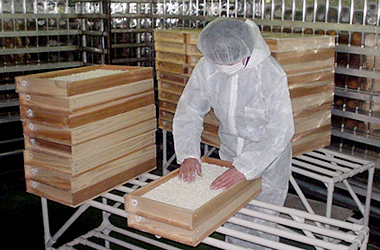
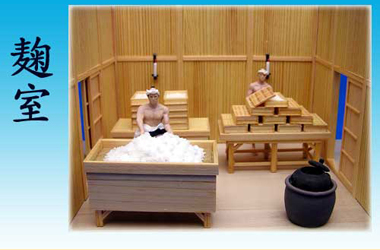
Soy beans are cooked in a large autoclave in order not to let escape its delicious aromas.
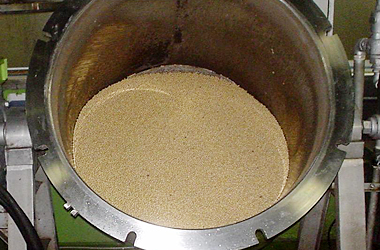
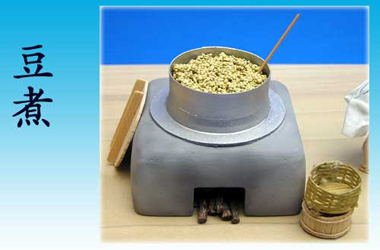
One unit of "daizu" (soybean) with two units of Kouji are mixed with some salt. This way make the miso becoming sweeter and tasty. The soybeans used are precisely selected for exceptional quality and rice is from Yamagata. Employees are the mothers of the neighborhood, they put all their heart when packing miso pots thinking about the joy of customers who will enjoy this Miso.
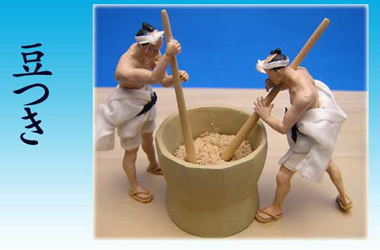
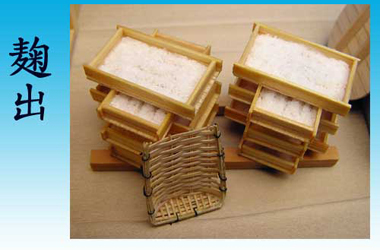
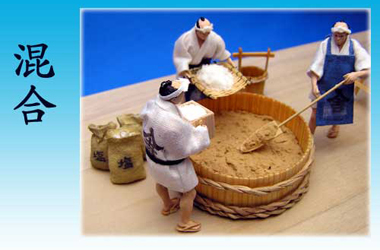
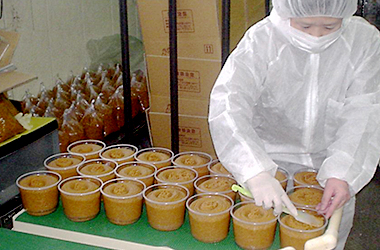
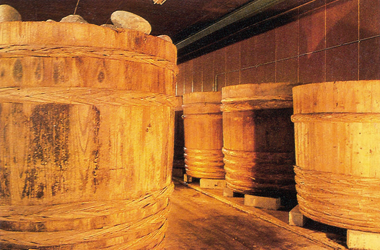
Stones placed on this ton of miso to make it mature naturally, prayers are made to the gods so that time gives a good taste into Miso. This is much like the maturation of the wine, the atmosphere is a bit like a cellar with wooden barrels. Nowadays this type of wood barrel is no longer manufactured, so they are kept as treasures.
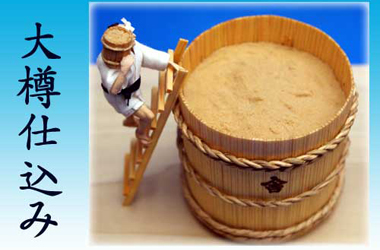
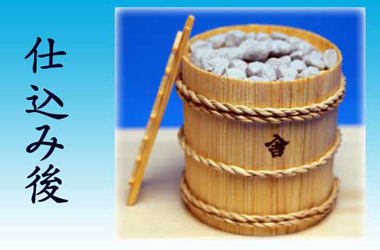
Here we are, Time, Nature, fermentation, And the skills of craftmen. The manufacture of Miso is influenced by the seasons, temperature ... Following this visit, an idea grows, produce Miso is much like raising children.
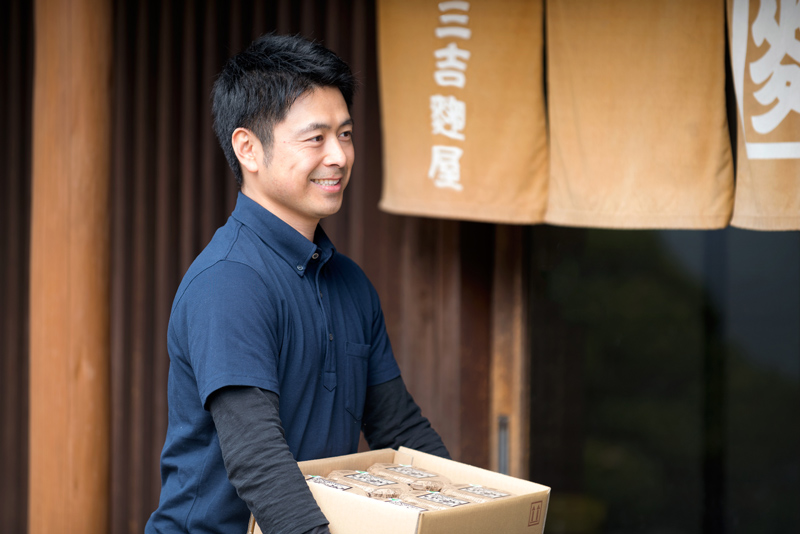
Examples of delicious Miso soup:
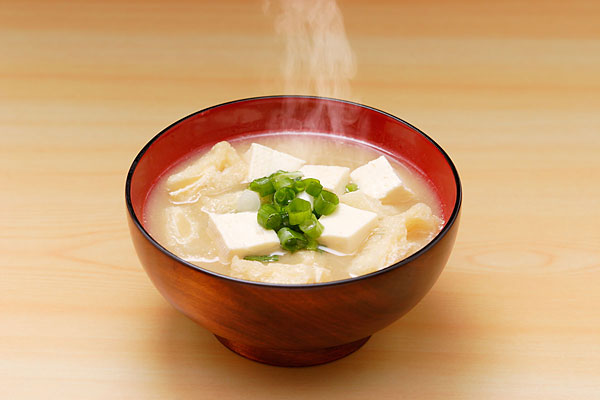

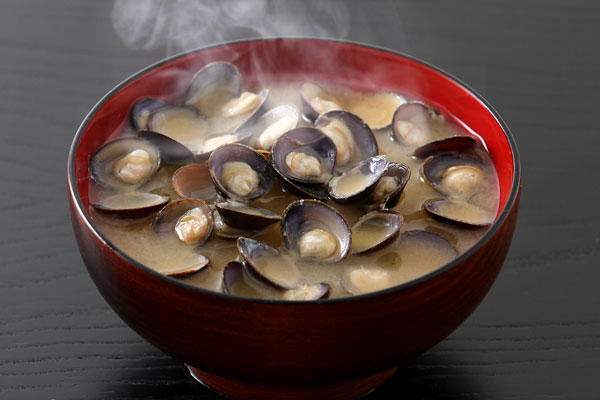
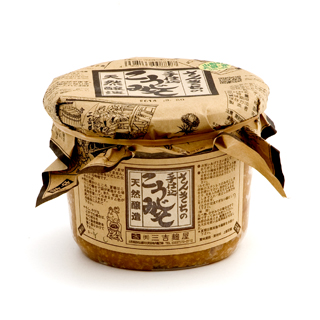
THE MISO PASTE
The Yamagata delicious rice, soybeans carefully selected and know-how inherited for generations are the recipe for this miso which is then aged in refining in large casks of traditional wood.
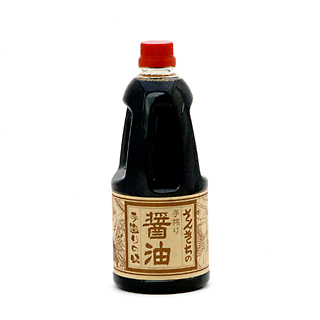
THE SOY SAUCE
Carefully selected wheat and soy to prepare this fully flavoured soy sauce.

THE AMAZAKE
San Kichi Koujiya is proud to present this delicious Amazake. The Amazake is a kind of rice beer made with koji as miso, soy sauce and sake. It is made with the Yamagata Prefecture famous rice. The word "nama" Sake means that it is the first freshness, like the "vins primeurs". This is a very soft and sweet drinks that can be enjoyed hot or cold, it is particularly recommended for it's coolness in the summer for prevention against high temperatures.
有限会社 三吉麹屋 〒999-3511 山形県西村山郡河北町谷地内楯己69
Telephone:0237-72-2712 fax: 0237-72-2725
mail:sankichikojiya@jmail.plala.or.jp

Let's visit the Official Sankichi Koujiya website japanese language.
Sankichi Koujiya Online shop japanese language.